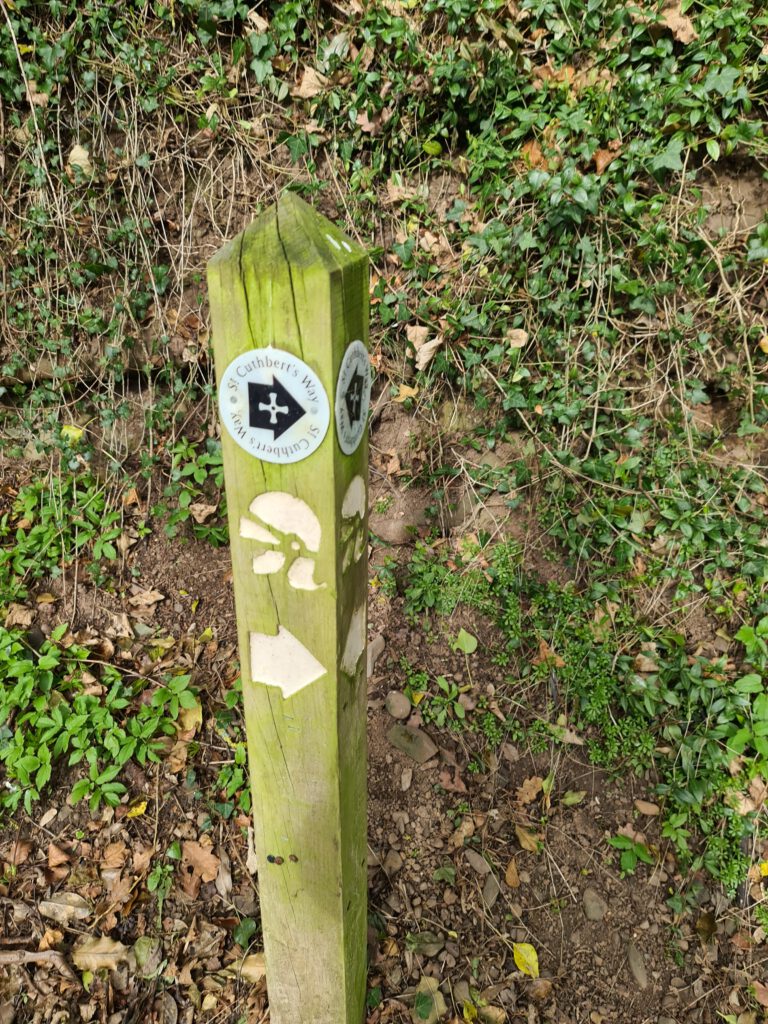The great thing about walking on a local long-distance trail is still that you can walk it in stages and however you like. Many of my friends were joking about me because I didn’t just switch about the direction, I went to but also mixed the directions through along all the way while only walking the Scottish Part of the trail, of that every single inch though!


The first bit I did was actually the part from Kirk Yetholm to the border between England and Scotland, which was mostly due to the fact that this bit of the route was included in a route I took up to The Schil, at the end of which I did another bit of the Harestanes-Kirk Yetholm stretch.
And from there I went, never thinking I would do the rest of the St Cuthbert’s Way, but in the end changing my mind thinking of the great opportunity that it was for training to walk great distances. The next stages were even more a chaos in my walking.
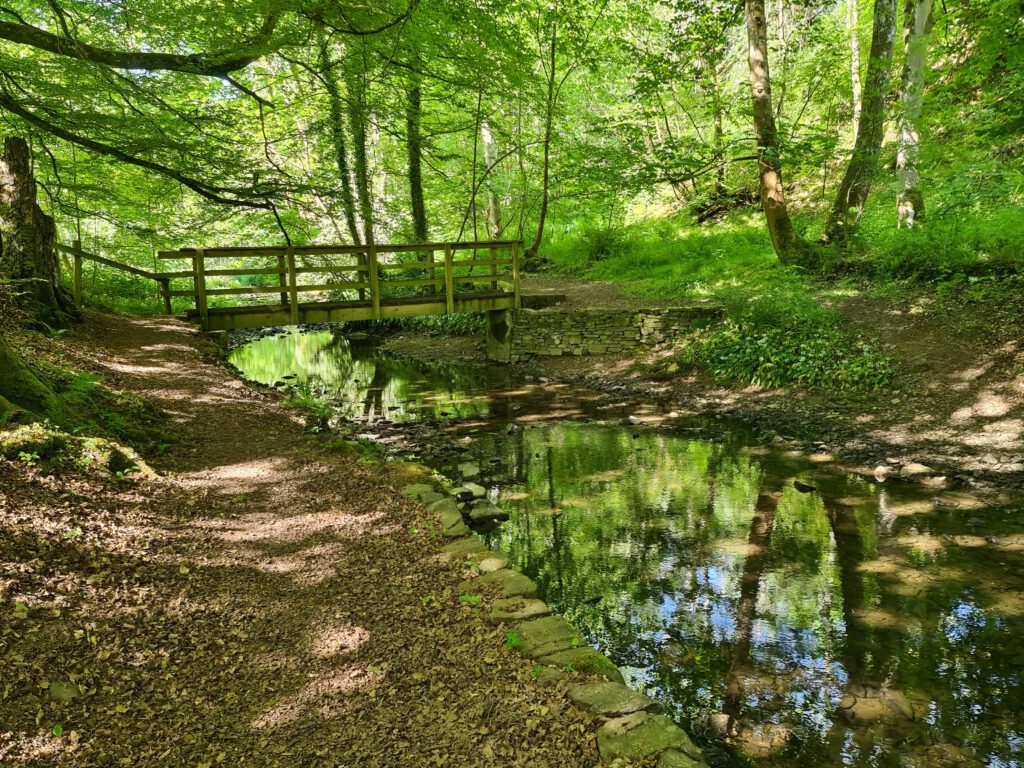
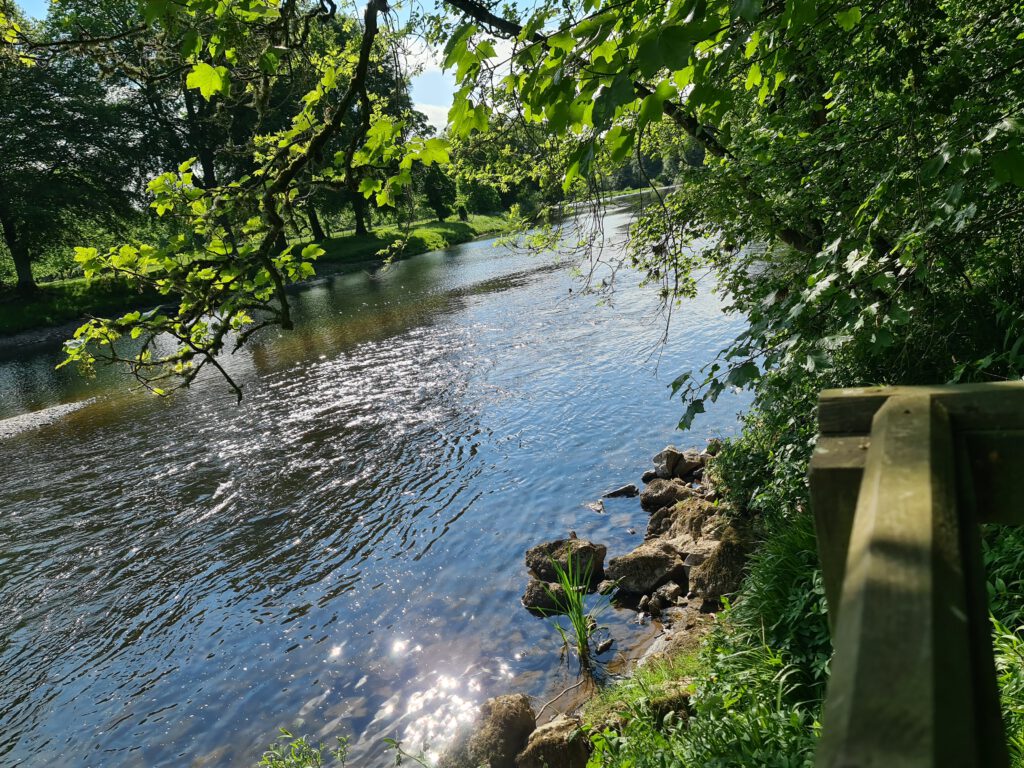
Doing another route around St Boswells and adjusting it a bit, I followed not only the Borders Abbeys Way but also the St Cuthbert’s Way, back into St Boswells itself, only doing a little bit of the trail but still another part done. On another day again I walked from the Waterloo Monument, via Harestanes back to Jedburgh, which followed the trail a great bit as well and so another few kilometres were taken off the left way.
And then my actual planning for finishing the missing parts started, not a big fan of walking the same way twice I thought about it very carefully and planned it through. Luckily every stage till now had been connected to public transport in some way and so I knew what to do. Heading to St Boswells again but this time heading towards Melrose, I divided the missing parts of the Melrose – Harestanes stretch to not walk double. This had me ending up walking up to Melrose first, taking the bus back to St Boswells and on to Clintmains (asking the bus driver to let me off just before the bridge, which I had previously crossed when doing the circular and parts of the way).
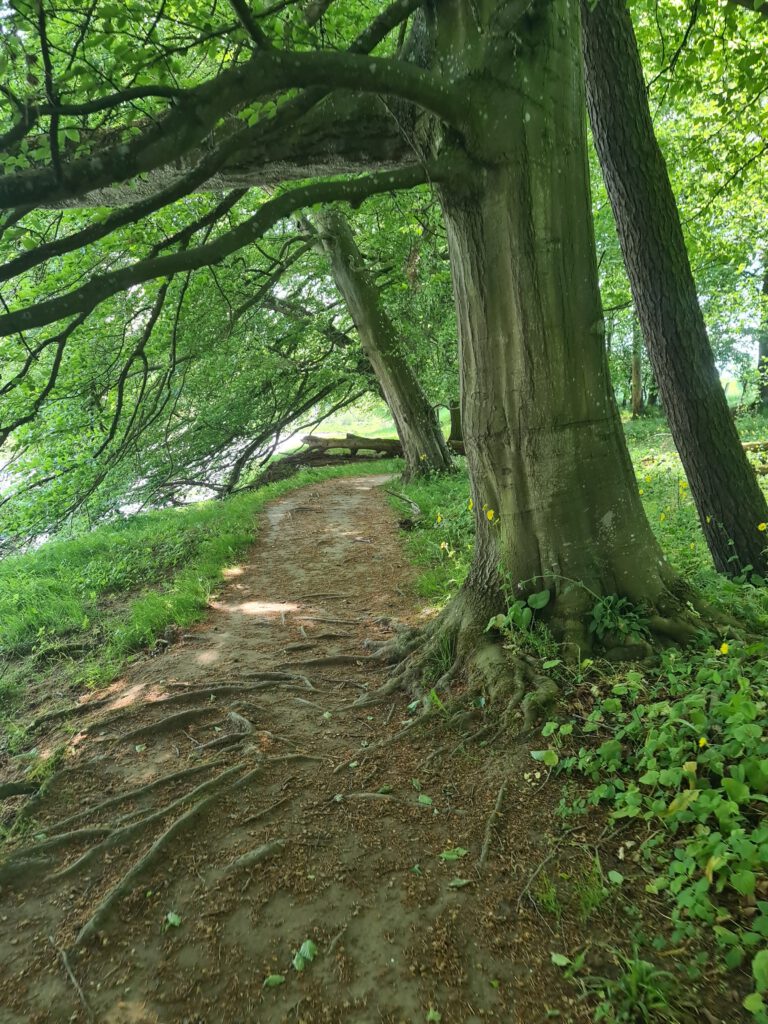
From near Clintmains I followed the way all the way back to Harestanes, which is a fair bit of walking, although of the already done bit I cut out of the route there were still enough kilometres left to make you end up exhausted when reaching Harestanes, taking in some new energy from lovely waffles at the café I then headed towards the A68 to catch the bus back from Ancrum, this added another 1.5 kilometres to the route of the day.
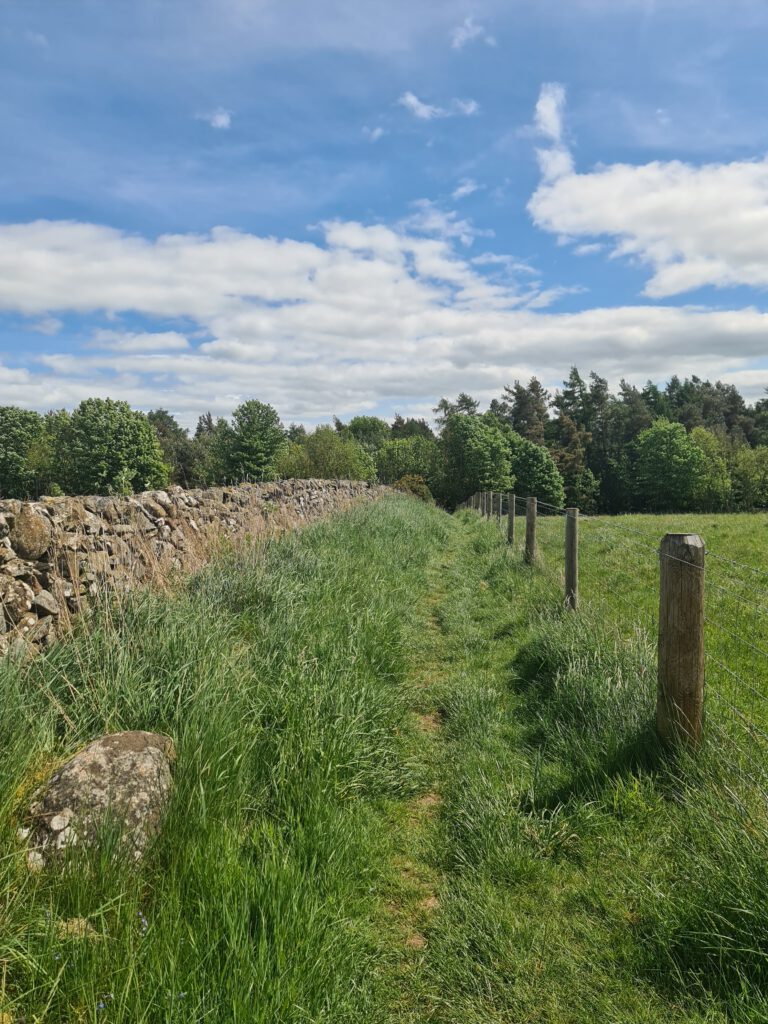
With now only the last stretch of the route between Kirk Yetholm and Harestanes missing I packed a friend of mine (with another friend dropping us off at Primsidemill (where there is also a bus stop). We then walked eastwards, crossed Wideopen Hill, passed Cessford Castle and finally walked on Dere Street, the ancient roman road, before heading onto the Border Abbeys Way to head back into Jedburgh, which might not be a part of the St Cuthbert’s Way but is easily reached and since our base was there it was sensible to do so.
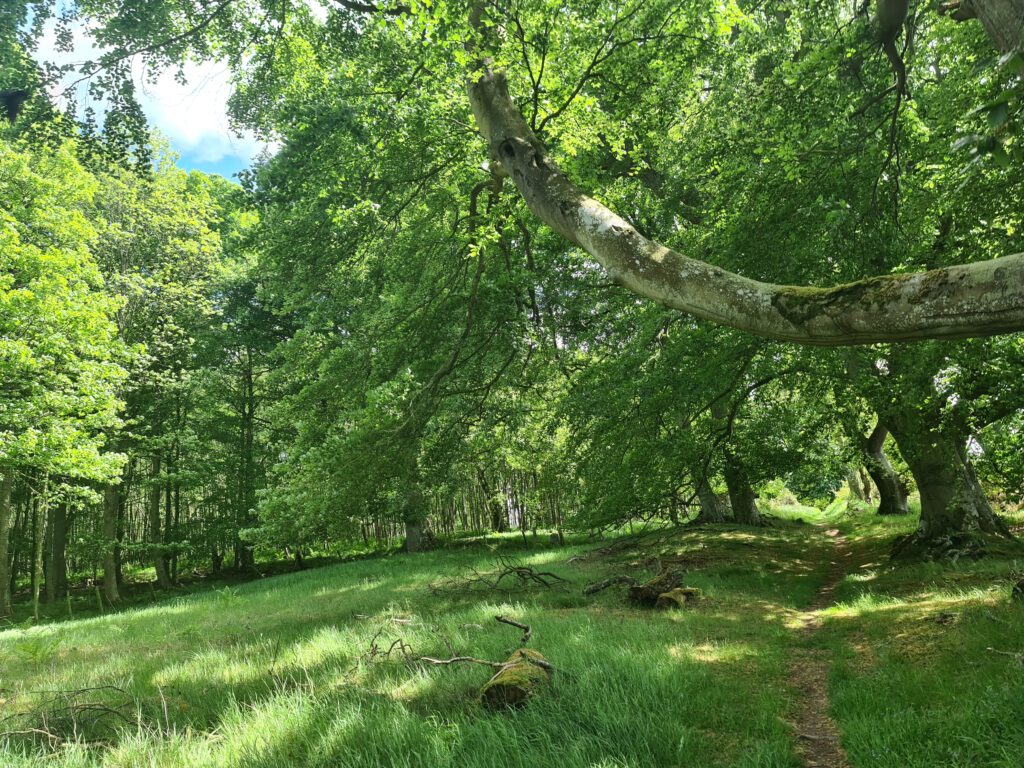
So, with an approach, a bit more complicated than others, I finished all of the Scottish Part of the St Cuthbert’s Way and as I previously mentioned in my Blogpost about St Cuthbert’s Way, I as many others didn’t walk it as a pilgrim’s way but only for training and to enjoy the great and rich landscape of the Scottish Borders.

The longest part of the St Cuthbert’s Way runs through Scotland anyway, so I can say I did more than half of it by completing that part. My personal review to it is that there are some long stretches of road and street walking involved, especially around Morebattle, however, there are not too many of those and by that it evens itself out to be a very balanced walk offering a quiet and remote scenery along with some great history of places you’ll see along the way or if done in honour of St Cuthbert.
With the Scottish Borders being at least as rich in history as the Scottish Highlands, they are often underrated, and its long-distance trails are usually put aside in favour of the ones further up north. With time I found that you can’t compare the Lowlands to the Highlands in any way, they both have their stunning scenery, in parts similar in others very different, they both have their own history making Scotland what it is today. The Highlands had their clans while the Lowlands had their own as well, reiving each other’s lands or pointing their energy towards the border, reiving what today is England. None of them was or is better than the other, each part of Scotland was shaped in its own way.
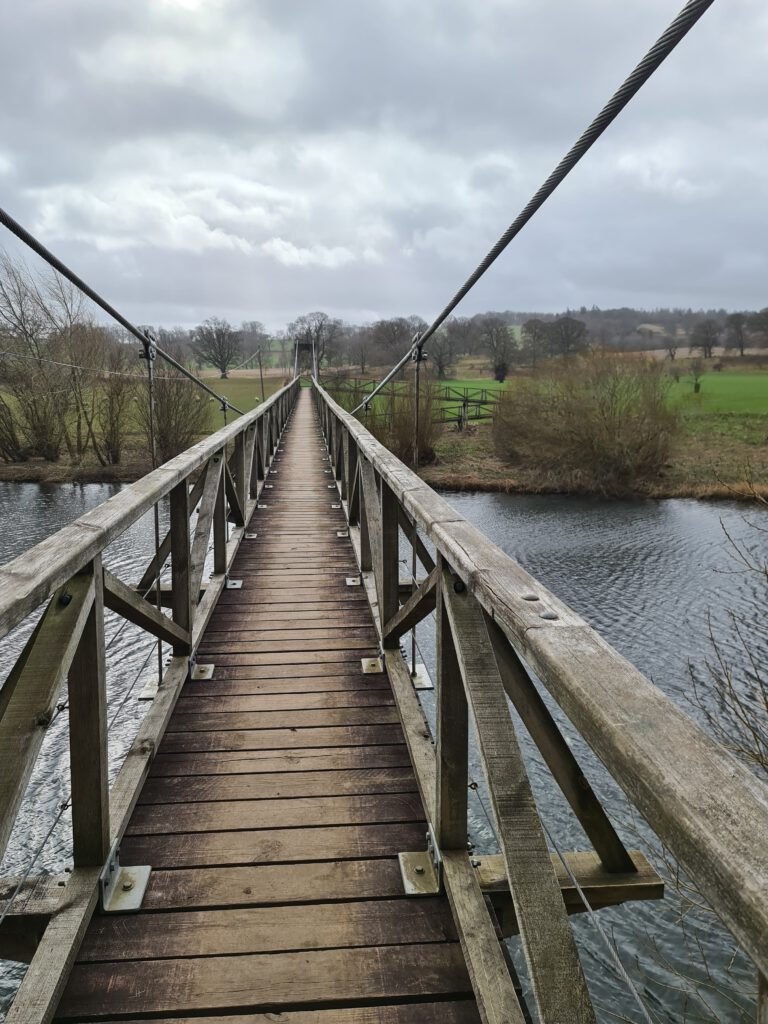
The St Cuthbert’s Way offers some opportunity to explore the Lowlands while enjoying some of the beautiful scenery found all over Scotland. Being connected to some of the other trails, such as the Southern Upland Way and the Borders Abbeys Way, the St Cuthbert’s Way is also part of the Scottish National Trail route, spanning all the way from the Border up to the far north of Scotland.
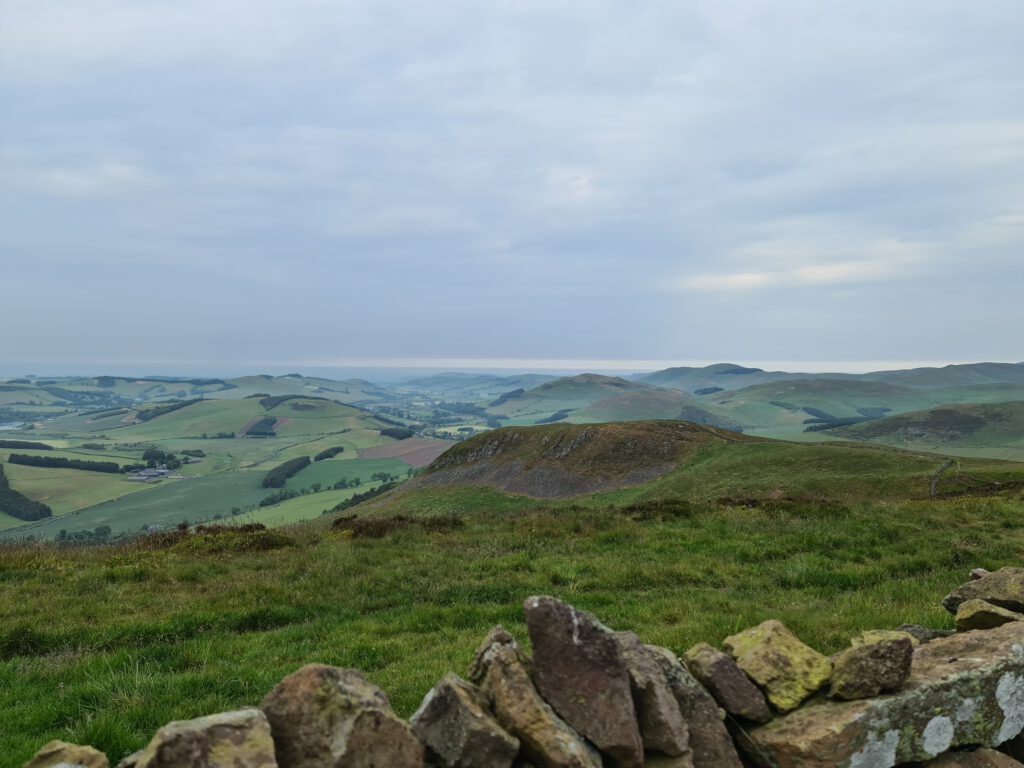
Like many of the longer trails it is well waymarked, although some navigation is needed in places, and offers many smaller border towns with accommodation and services if you prefer accommodation to wild camping (which is only allowed on the Scottish Part of the route). When planning a walking route I often check out Walkhighlands, for the route itself and some GPS points maybe, this is a great thing you can do yourself as well for the St Cuthbert’s Way, for someone who prefers to travel light the website even shows you some companies with which you can either book guided walking or a baggage transfer (having done big parts of the Great Glen Way like this, years back, those baggage transfers can be very good to not have to carry a heavy load with you on great distances).
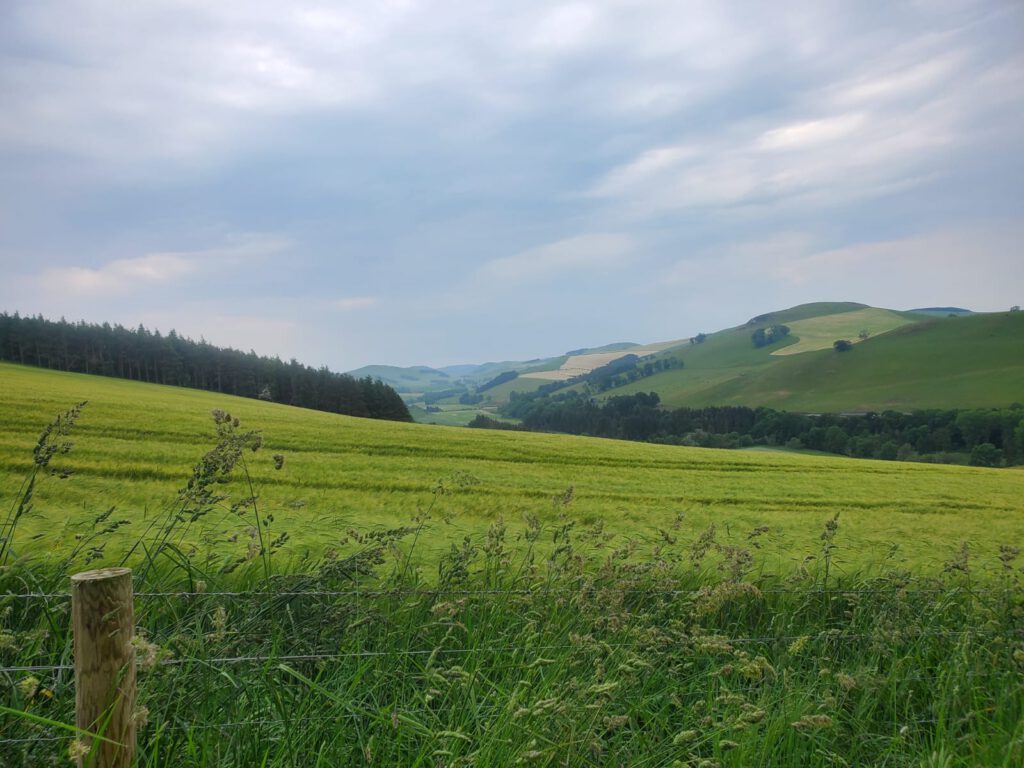
As you will have seen from my way of walking in this case, there is the opportunity to have a set base in the Borders and take the bus to the start and end of each of the stages, at least throughout Scotland. The English part of the route is still well connected to buses as well, although the times will have to be watched carefully here.
Now head out and enjoy what Scotland has to offer, there are so many more things still to see and explore. Even if you think you’re done, you are not, around every corner, behind every tree, there are more new things to see and enjoy.
